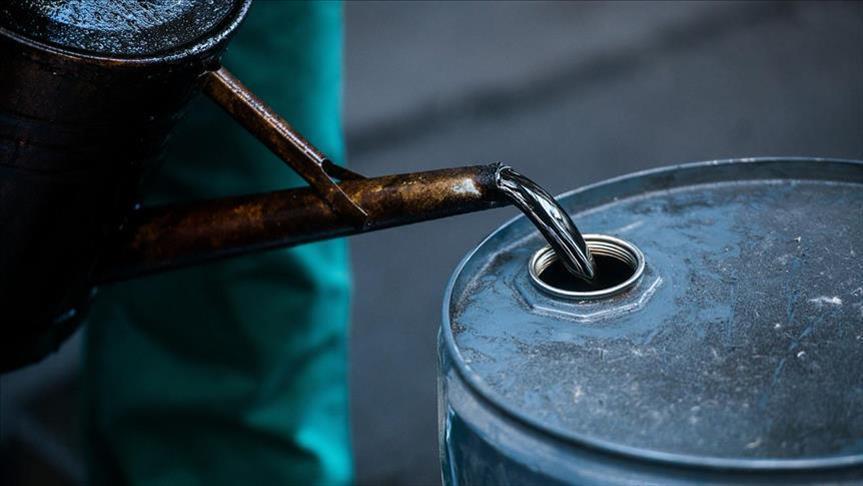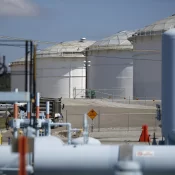
China’s optimism boosts oil prices as investors return from vacation
Thursday saw an increase in oil prices as investors returned for the first trading day of the new year with a positive outlook on China’s economy and fuel demand following President Xi Jinping’s promise to foster growth.
On Tuesday, the final trading day of 2024, Brent crude futures gained 65 cents, and by 1409 GMT, they had increased $1.17, or 1.6%, to $75.81 a barrel. West Texas Intermediate crude for the United States was up $1.20, or 1.7%, at $72.92.
In his New Year’s speech Tuesday, Xi declared that China would develop more aggressive programs to spur growth in 2025.
Despite worries about the impact of tariffs suggested by U.S. President-elect Donald Trump on the trade outlook, a Caixin/S&P Global survey released on Thursday revealed that China’s manufacturing activity increased in December, albeit more slowly than anticipated.
The figures were in line with an official survey that was made public on Tuesday and revealed that China’s manufacturing activity rose very little in December. However, construction and services did better, and the data indicates that some sectors are benefiting from policy support.
Some analysts believe that weaker Chinese statistics may help oil prices since it may lead Beijing to step up its stimulus plan.
As traders head back to their desks, they are likely balancing the anticipated impact of tariffs against increased geopolitical threats and Trump’s control over the U.S. economy, according to Tony Sycamore, an IG market analyst.
“Tomorrow’s US ISM manufacturing release will be key to crude oil’s next move,” Sycamore explained.
According to Sycamore, WTI’s weekly chart is constricting into a smaller range, indicating that a significant move is imminent.
“Rather than trying to predict in which way the break will occur, we would be inclined to wait for the break and then go with it,” he said.
Additionally, investors are anticipating the Energy Information Administration’s weekly U.S. oil stockpiles data, which was delayed until Thursday due to the New Year holiday.
According to an extended Reuters poll released on Tuesday, U.S. crude oil and distillate inventories are predicted to have decreased last week, while gasoline inventories are predicted to have increased.
EIA statistics released on Tuesday revealed that October’s oil demand was 21.01 million barrels per day (bpd), up almost 700,000 bpd from September, the highest level since the COVID-19 epidemic.
The world’s largest producer’s crude production increased by 260,000 barrels per day from September to a record 13.46 million barrels per day in October, according to the study.
A Reuters poll predicted that oil prices will be held at about $70 per barrel in 2025, down for a third year following a 3% drop in 2024, as expanding global supplies and sluggish Chinese demand countered OPEC+’s attempts to support the market.
Russia suspended gas pipeline deliveries through Ukraine on New Year’s Day in Europe, after the expiration of the transit agreement on December 31. While Hungary will continue to receive Russian gas through the TurkStream pipeline beneath the Black Sea, the European Union has set up alternate supplies in advance of the much-anticipated halt.
All Categories
Recent Posts
Tags
+13162306000
zoneyetu@yahoo.com



